Through the war against the American invaders, the land and people of Ham Rong shine brighter with their indomitable heroic tradition, becoming a typical cultural symbol of the region, enriching the national identity. In our country, there are few bridges that have been mentioned in poetry as much as Ham Rong Bridge: "Oh Ma River, both banks embrace the shadow of the mountains, Ngoc Mountain, Dragon Mountain green at the horizon" (The Bridge of Ma River) by musician Le Xuan Tho. In the scope of this article, I would like to mention the poem "The Bridge of Victory" by author Minh To.
 Ham Rong Bridge - Ma River. Photo: PV
Ham Rong Bridge - Ma River. Photo: PV
On April 3 and 4, 1965, Ham Rong entered the heroic history of the nation. Ma River and Ham Rong are associated with many miraculous stories and legends. Ham Rong soldiers and people shot down many aircrafts called “thunder gods”, “ghosts”, “heavenly bandits”. The American invaders wanted us to “return to the Stone Age”, they chose Ham Rong as an “ideal choke point”, but their ambitions were buried in the Ma River.
Re-reading the poem "The Bridge of Victory", so that each of us can relive the dignity of our army and people in the heroic period of our homeland's history, the image of Thanh village appears both simple and real, and like a majestic and soaring melody.
At the beginning of the poem, he wrote: "The bridge/ Connecting the two ends of the South and the North/ Steadfast and loyal/ War marks the time/ Fierce bullets and bombs/ Ma River - Ham Rong/ Not Truong Son/ Mountains and hills/ Only the river wholeheartedly returns to the sea".
The economy of words, the secret ideas, only suggestive but not passionately expressed like many other poems he wrote before. The poem "The Bridge of Triumph" revealed this search and had some success.
Perhaps, Ham Rong beautifies the soul of poetry, enriches the spiritual life of literati. And the miraculous vitality of the immortal bridge excites the hearts of all mankind. Through the storms of bombs and bullets, Ham Rong Bridge still stands there, perfectly reflecting on the clear Ma River, embellishing the thousand-year-old majesty of Dragon Mountain, Ma River and the heroic, humming verses: "Only the river wholeheartedly returns to the sea/ And the troops/ Heading straight to the South/ The marching song of the Fatherland in the heart".
Poetry is the art of using language and rhythm to express feelings. Returning to the first verses, I feel that in the sudden pain, unconscious verses emerge: “The bridge/ connects the two ends of the South and the North/ Steadfast and loyal/ Fiercely bombed/ The Ma Ham Rong River/ Is not Truong Son/ Mountains and hills are overlapping/ There is only the river wholeheartedly returning to the sea/ And the troops/ Heading straight to the South/ The marching song of the Fatherland in the heart”.
With such a simple and pure style of writing and use of words in his poems, his poems become close and easily “harmonize” with the hearts and concerns of his readers. This creative process is very important in poetry. A poem can only truly live and fulfill its literary function when it is accompanying, understood and co-created by the reader.
Ham Rong - how proud that place is. It's not that the poet intentionally made us emotional, but simply, I believe that when writing these lines of poetry, the poet's eyes were quietly blurting. Once sincere emotions are born from the poet's heart, it is not difficult to understand that they spread and touch many hearts. The rhythm of the poem is sudden, choked, two words, three words, interrupted... Next are suggested verses: "Only the river wholeheartedly returns to the sea/ And the troops/ Heading straight to the South/ The marching song of the Fatherland in the heart".
With a narrative style of poetry, the words are serious and responsible like soldiers entering the battle. It is said to be narrative but it does not lack the soaring, the lyrical quality or more accurately, it has ideas, something for the viewer to enjoy and think about. The poetic tone is heroic and passionate. Throughout the work is the desire for peace and the sacred responsibility of youth before the fate of the Fatherland, which has helped people overcome everything and create victory.
Reading his poems, people are easily attracted by the way of speaking, the way of creating ideas, repeating ideas, repeating sentences. With a natural but powerful style, Minh To creates a poetic style with many unique points in emotions, language, and tone. Many people commented: his poems contain a mature poetic soul, a rich vocabulary, a multifaceted world of images...
The sacrifices and losses in war are irreplaceable and unforgettable, but the revival of life in peacetime is irresistible. Soldiers returning from the battlefield carry with them many aspirations for happiness: "My hometown, your hometown/ Places that have become legendary/ Many young men and women have transformed/ A peaceful country". He knows how to rely on emotions. From the emotions of the poem, the way of speaking becomes new, creating unexpected effects: "Spring comes, filling the war/ You and I join hands to build". Through the work "The Bridge of War", the author explains the movement, the adaptations and changes in the homeland of Ham Rong, the land of fire, towards the new in his creative journey. That is not an empty wish, but the author has expressed it through concrete actions: "Spring comes, filling the war/ You and I join hands to build/ Green shoots spring up to a peaceful life".
This is an independent poem, the words are serious and responsible like a soldier going into battle, whether in peacetime or wartime, his poem is more meaningful and responsible to life. And that is also a careful preparation for the end of the poem: "Returning here is full of meaning and love/ The fertile alluvium of the poetic river/ The silhouette of the mountain, the majestic bridge/ The heroic feat/ Lasts forever with time".
Reading his poems, we feel a love for our roots spreading. Because in the author's mind, Ham Rong Bridge is not only a scenic spot of Thanh land, but also a symbol of victory. "Your hometown, my hometown/ Places that have become legends/ Many young men and women have transformed/ The country is peaceful/ Spring comes, filling the void of war/ You and I join hands to build/ Green shoots spring up to a peaceful life".
Years have passed, Ham Rong Bridge still stands tall, majestically carved into the mountain as a shining symbol of patriotism and revolution of the Vietnamese people. The land of Ham Rong, a time of painful fire and smoke to know the value of every minute of peace that was exchanged for many losses, is changing day by day. At the end of the poem, we seem to hear the Ma River whispering memories of an ancient land, where every inch of land is an inch of history intertwined, in harmony between the past and the present, between shining sorrow and the desire to rise up: "Returning to this place is full of meaning and love/ The fertile alluvial soil of the poetic river/ The silhouette of the mountain, the majestic bridge/ The heroic feat/ Forever preserved with time".
Ham Rong, a place that has gone down in history as the most brilliant pages in the nation's resistance war against foreign invaders. The mark of Ham Rong in literature not only preserves the image of a cultural and historical symbol typical of the region, but also preserves a heroic memory of the country and the Ham Rong people of Thanh Hoa in particular, and the Vietnamese people in general. Until today, Ham Rong still stands tall and eternal along the length of national history as an immortal symbol.
It is said that childhood and memories always have a profound influence on a person's soul and reason for living. This is even more true in literary and artistic creation. It deeply and strongly influences the artist's emotional world and aesthetic image. With poet Minh To, this is especially true when reading his poems.
The Moon Dynasty
Source


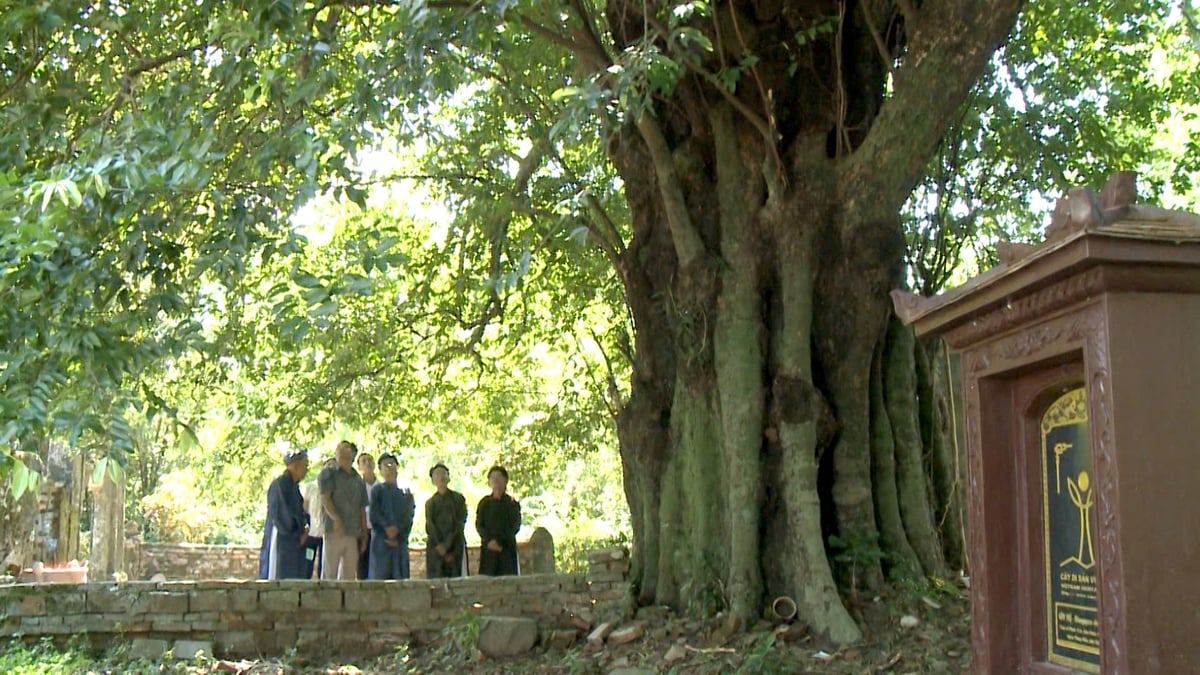
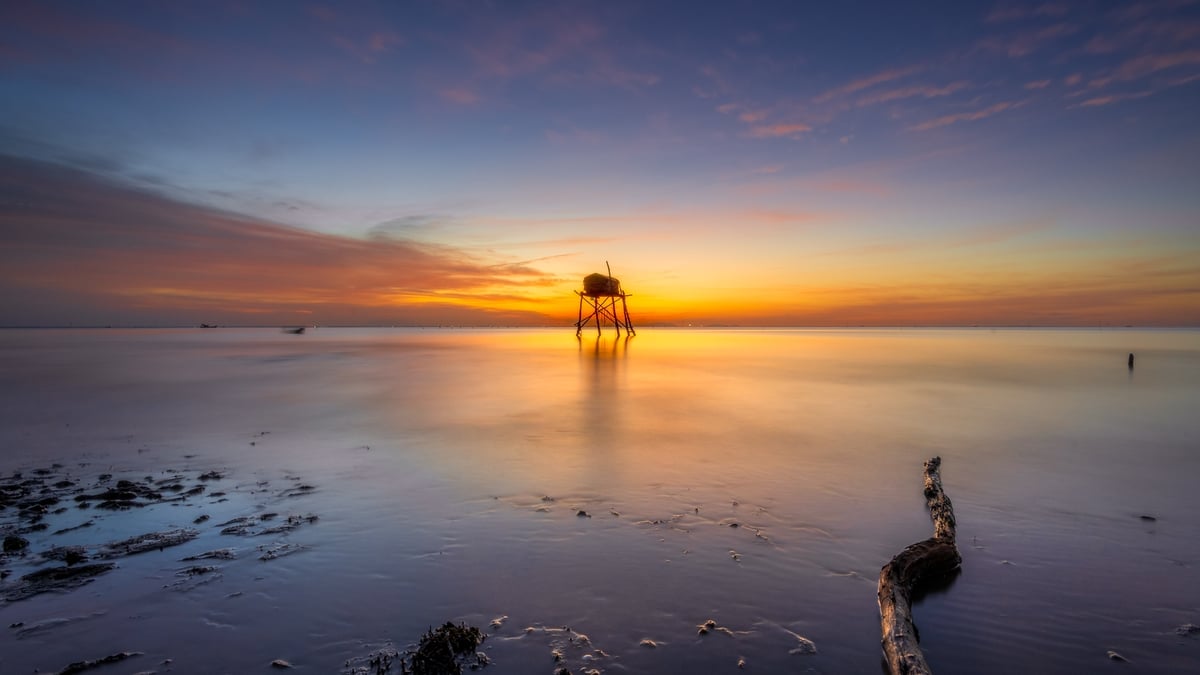

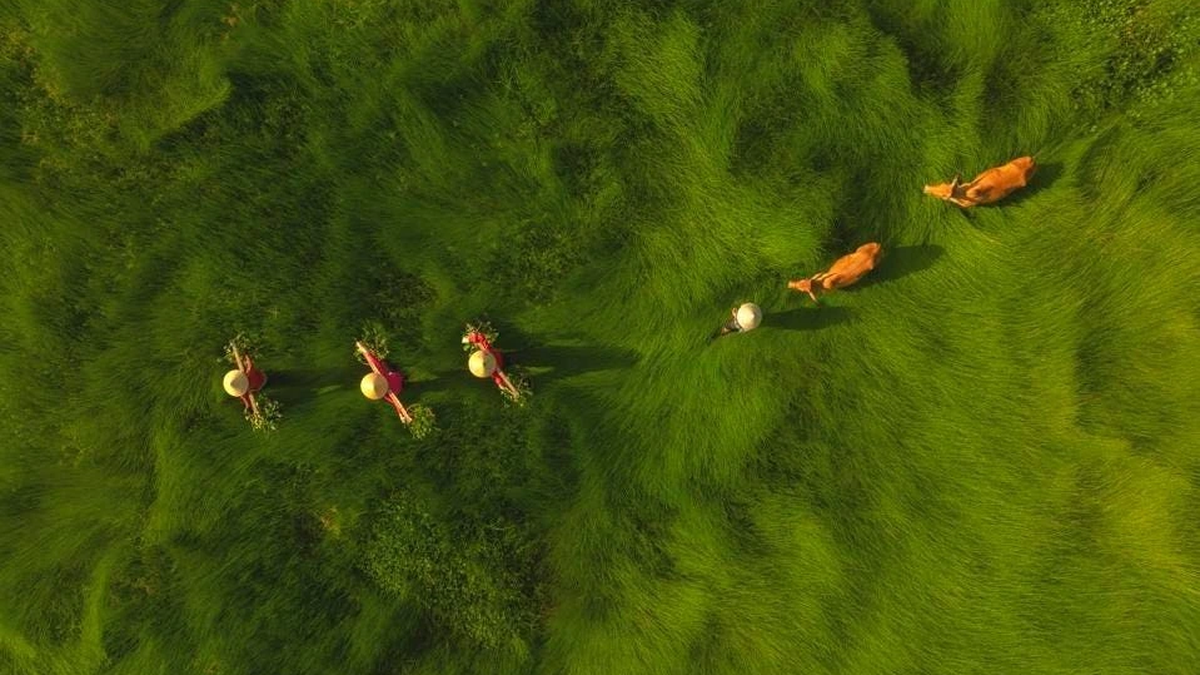
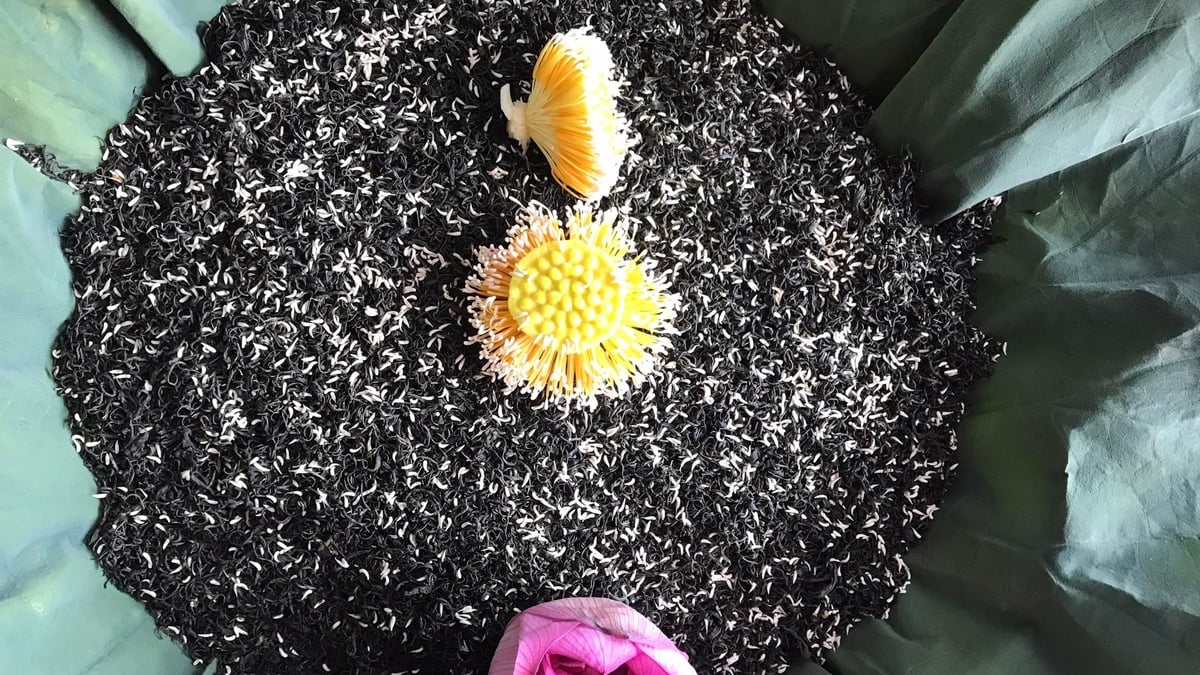
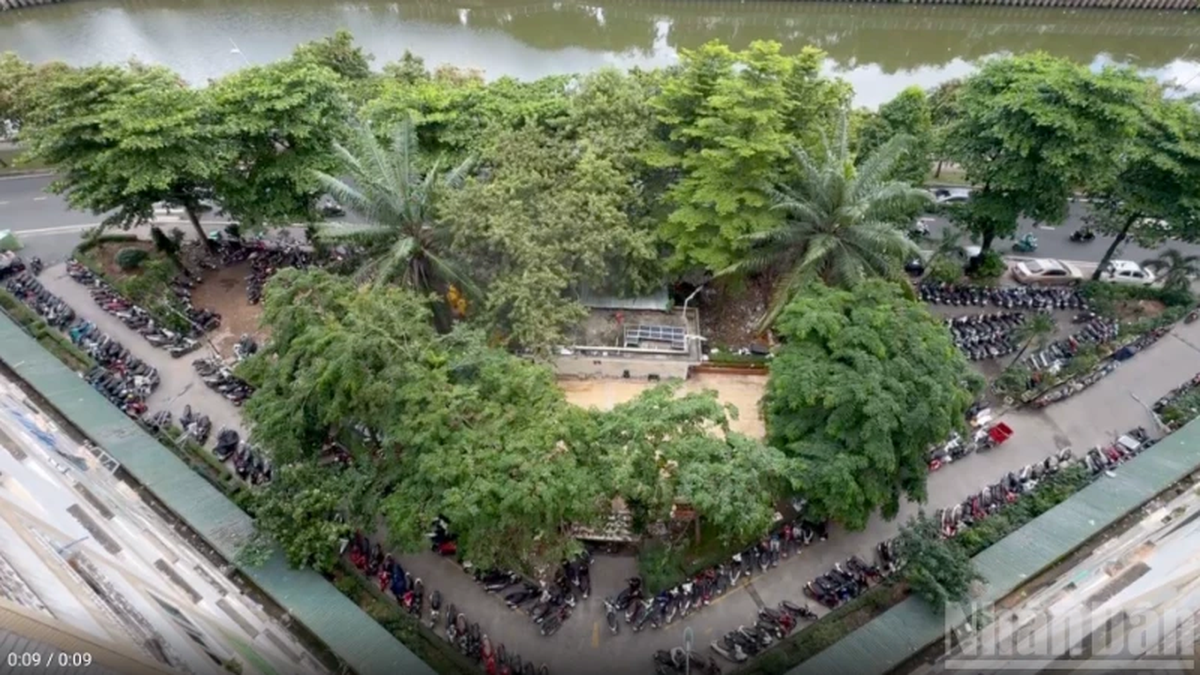
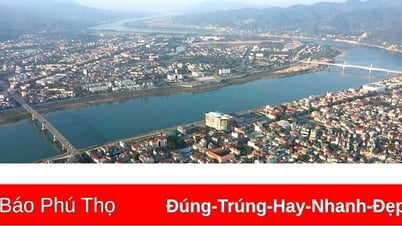



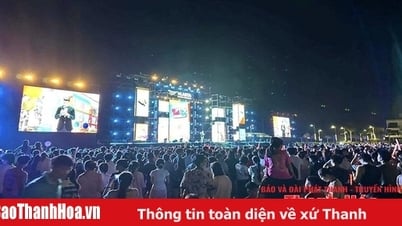



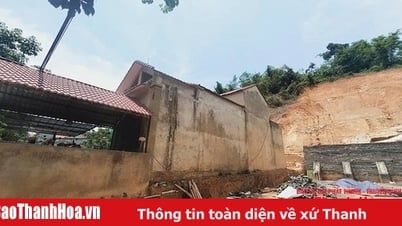



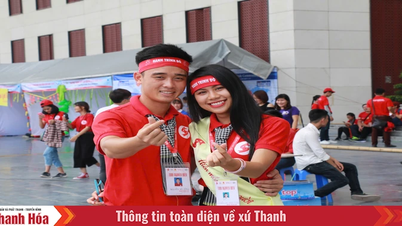

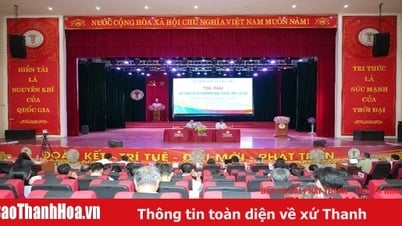




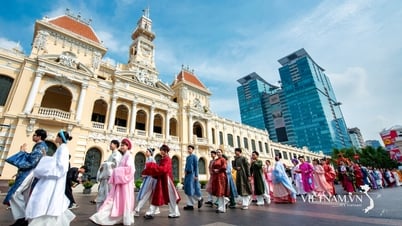
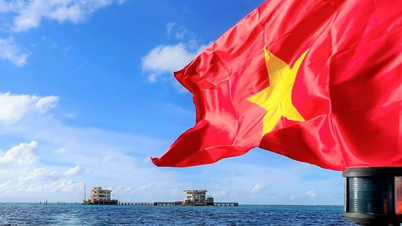





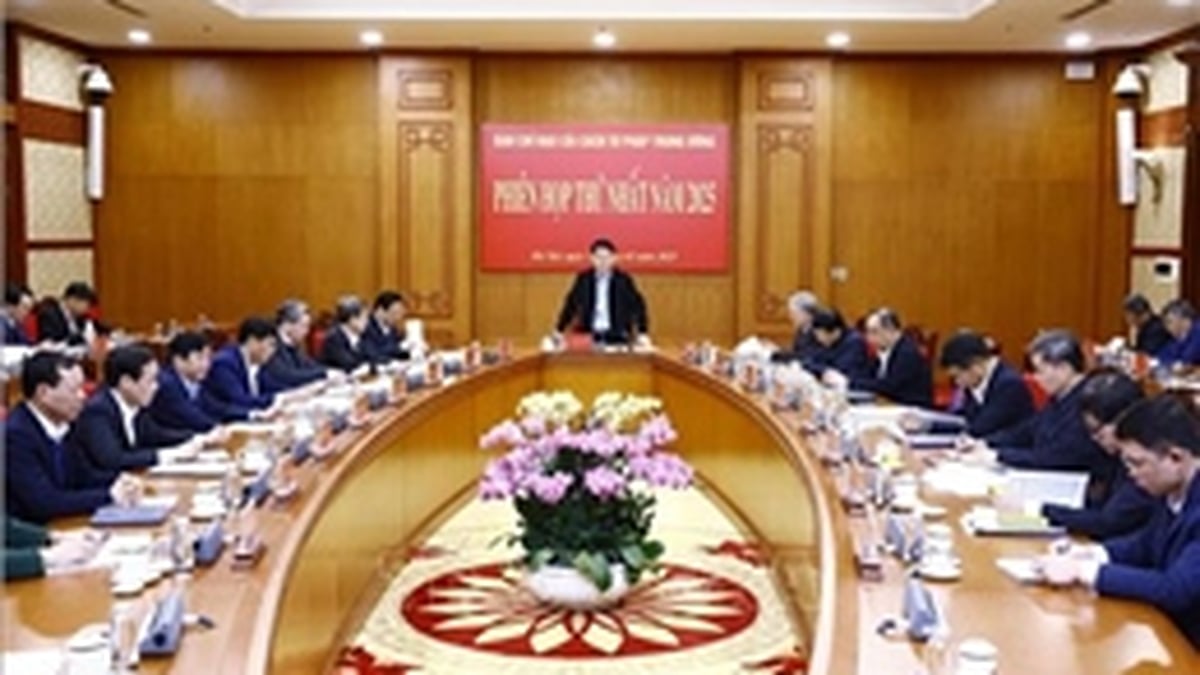
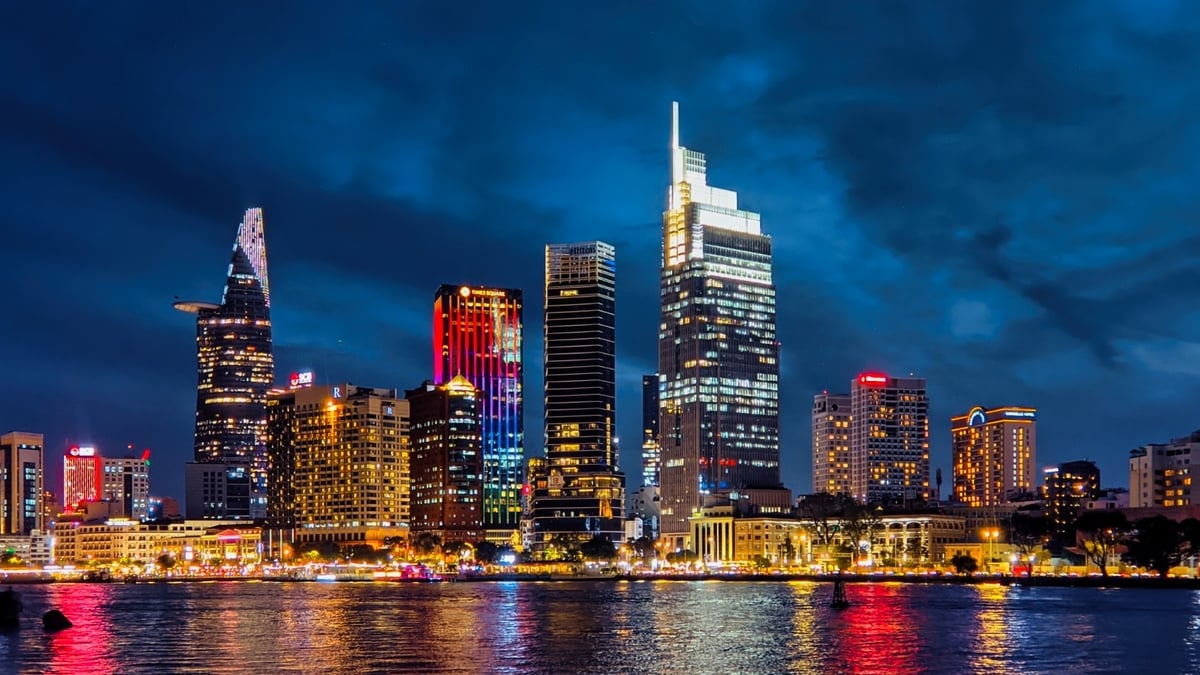
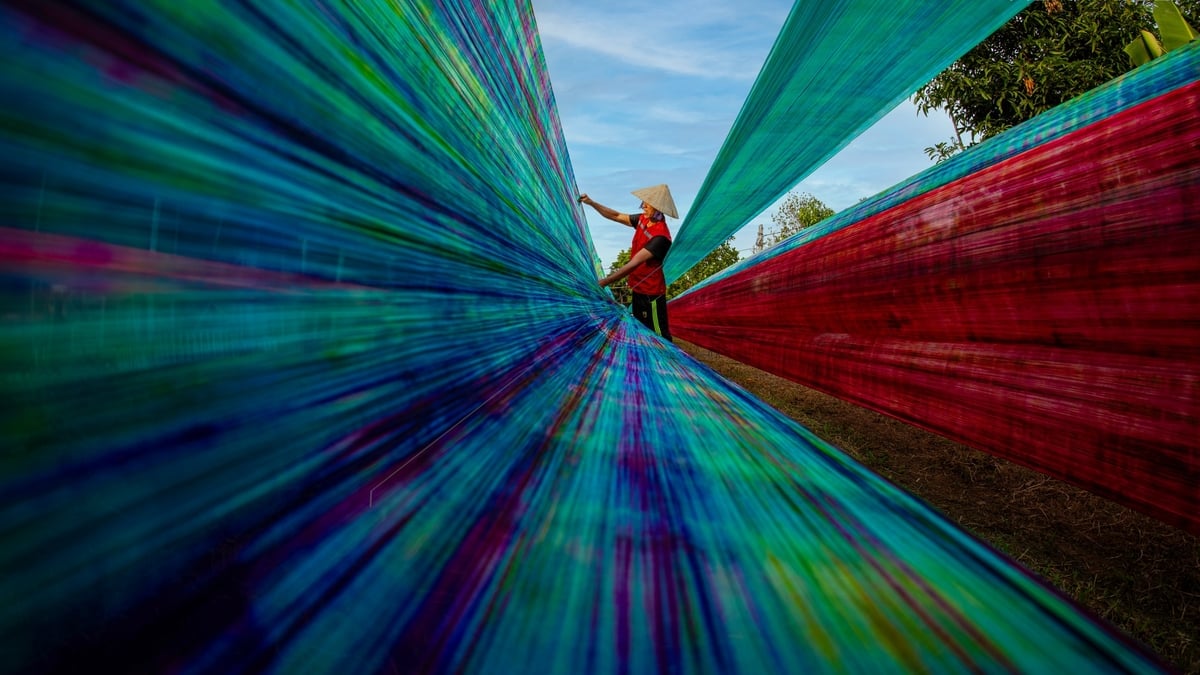
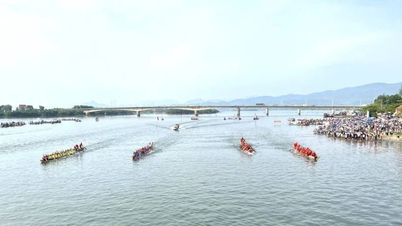

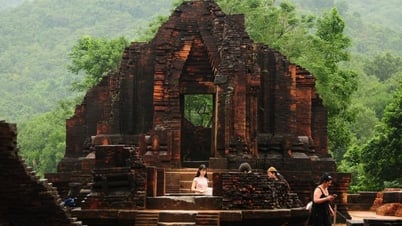

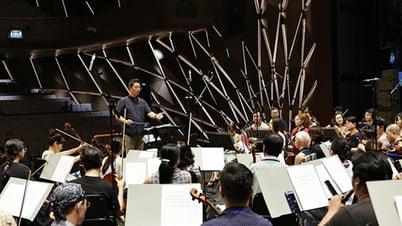

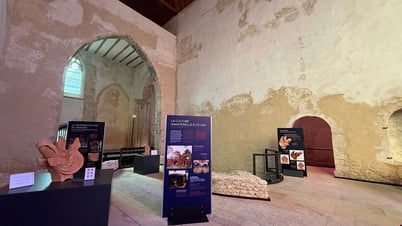



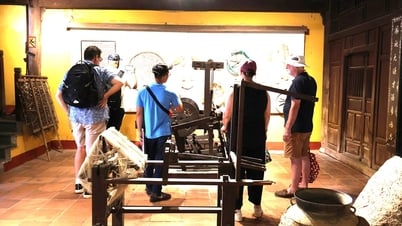









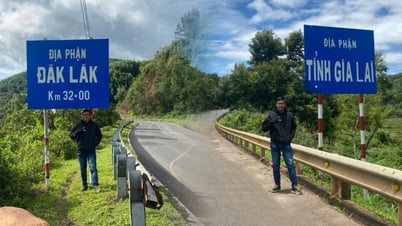


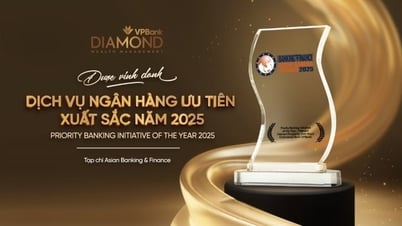


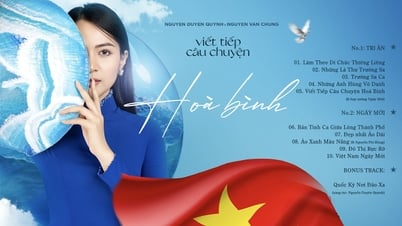



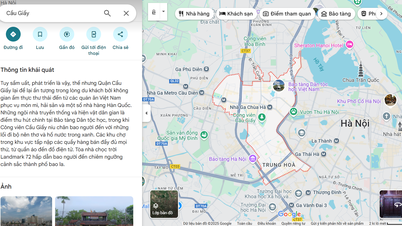
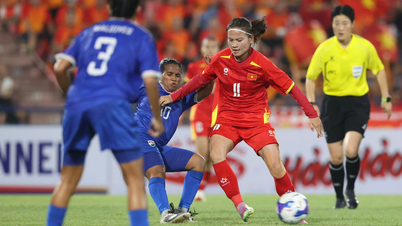



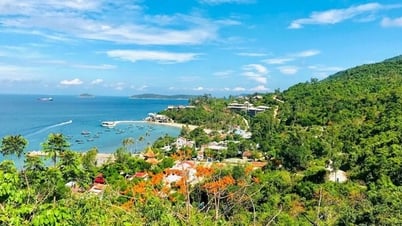
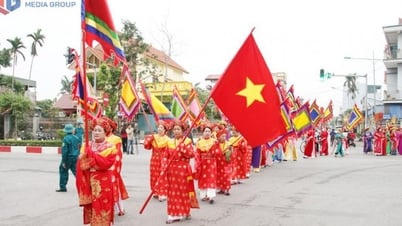
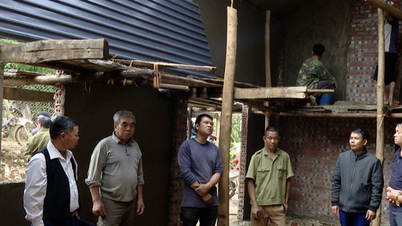
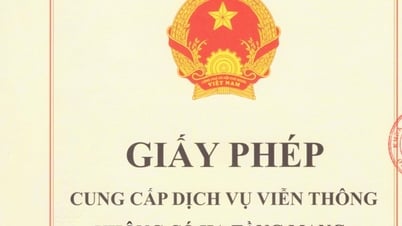

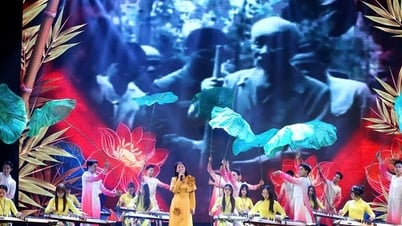






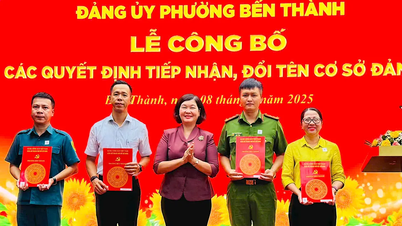

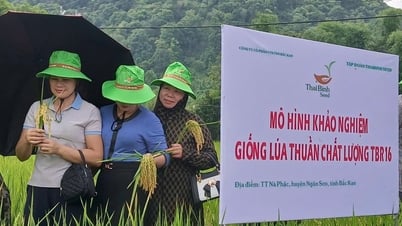

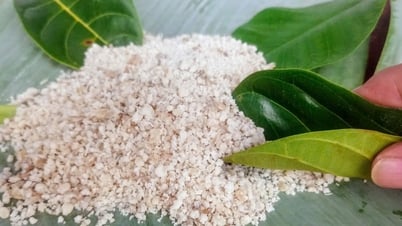









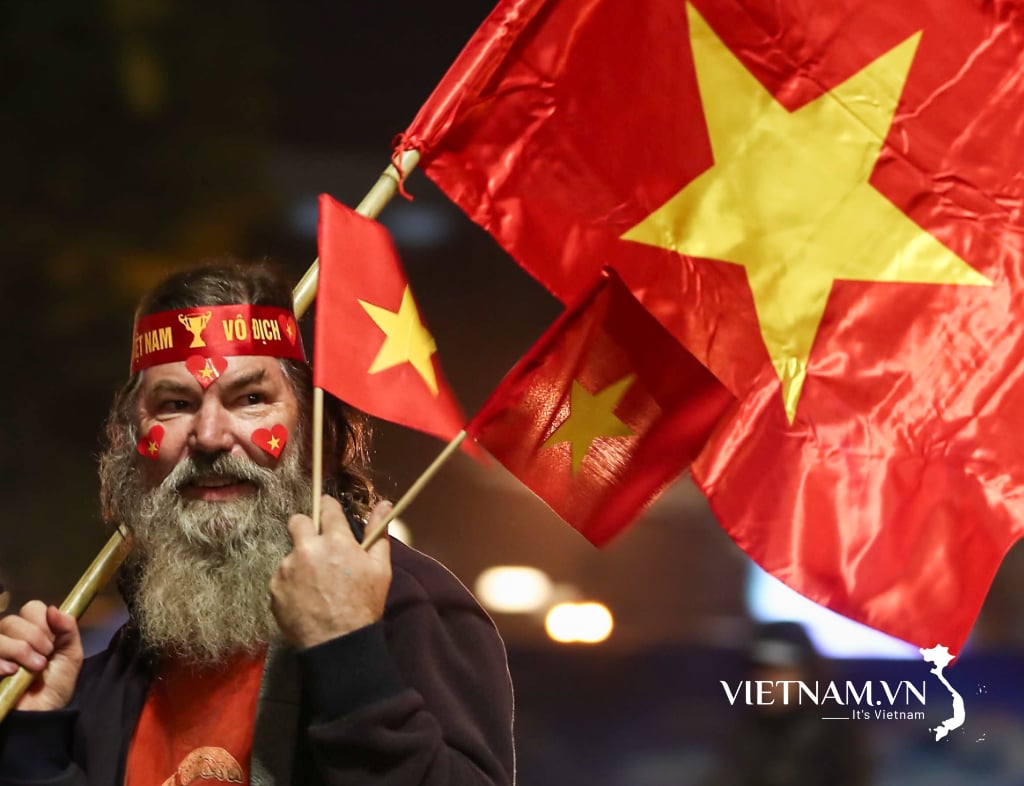
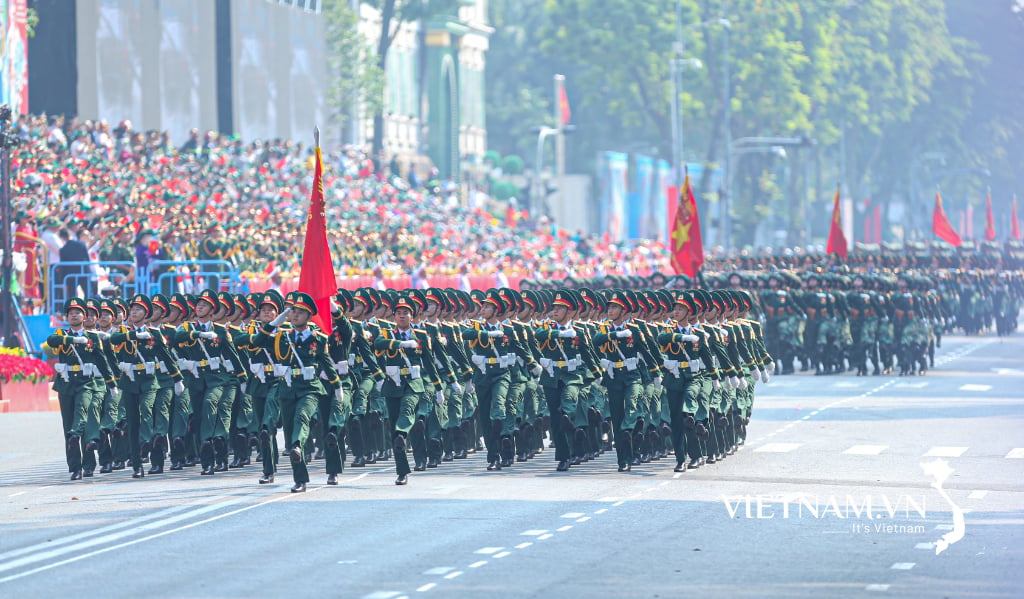
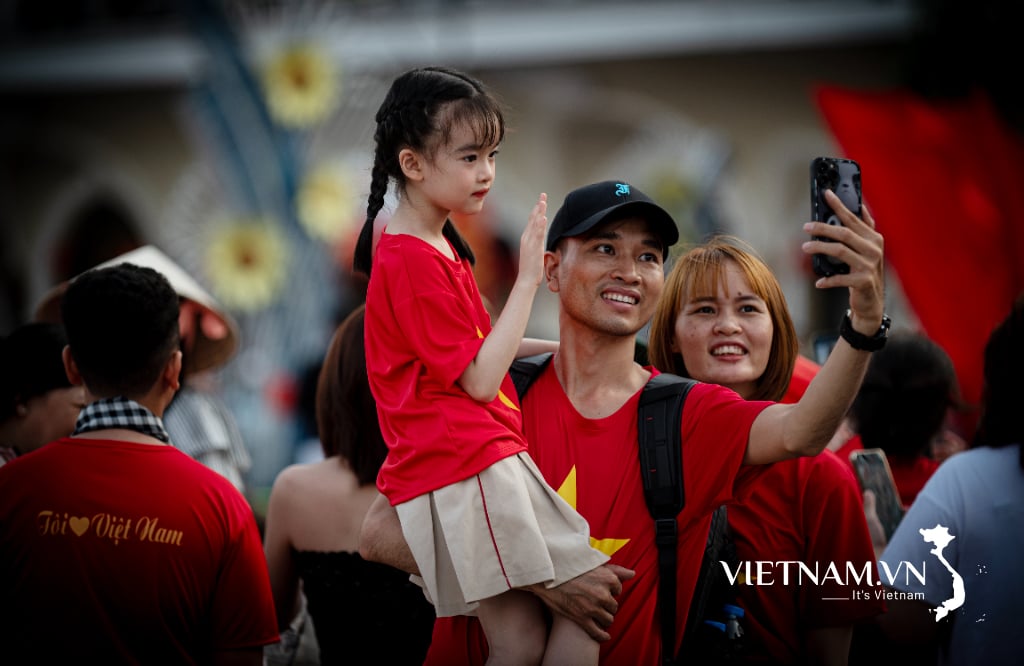
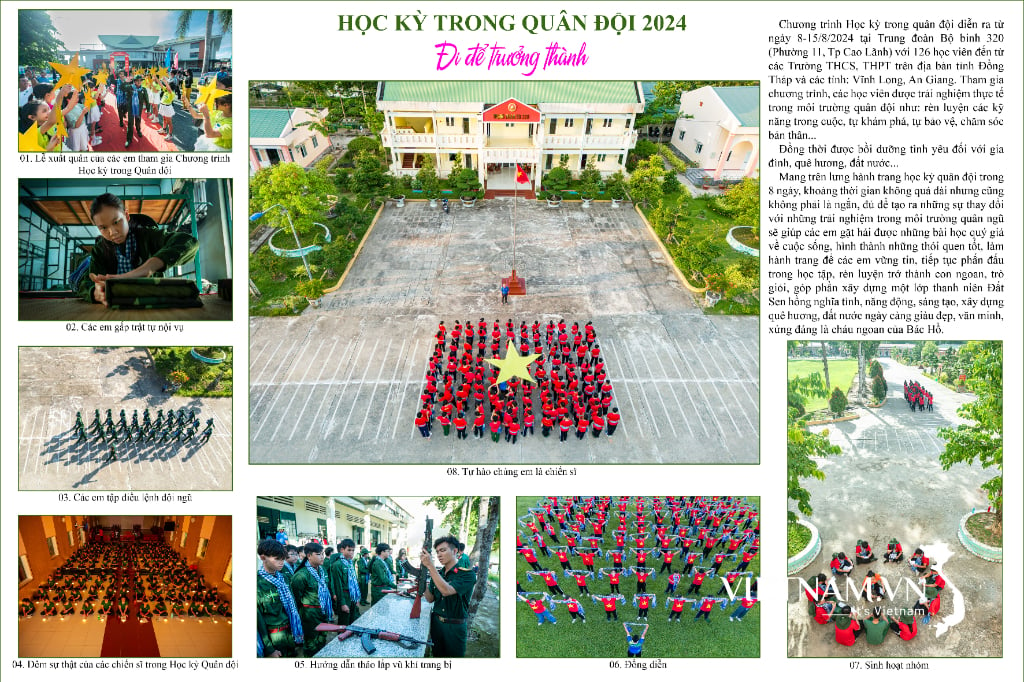
Comment (0)